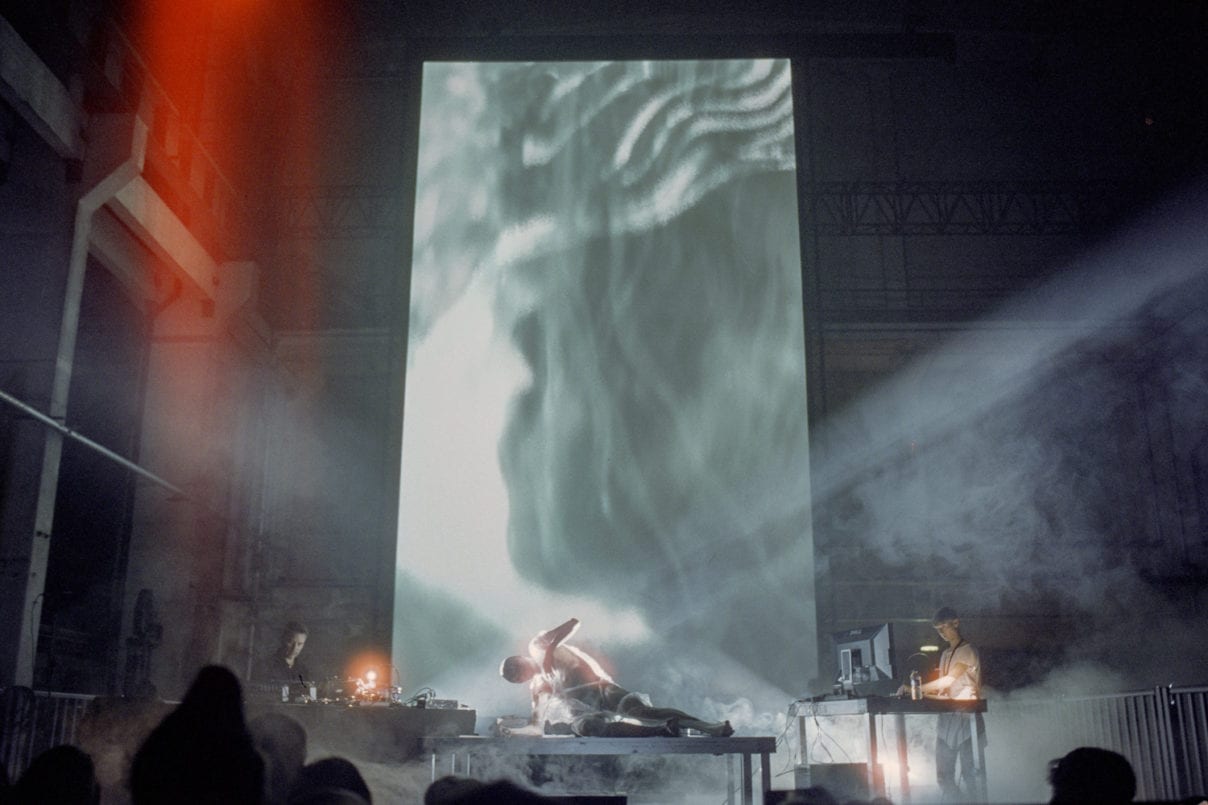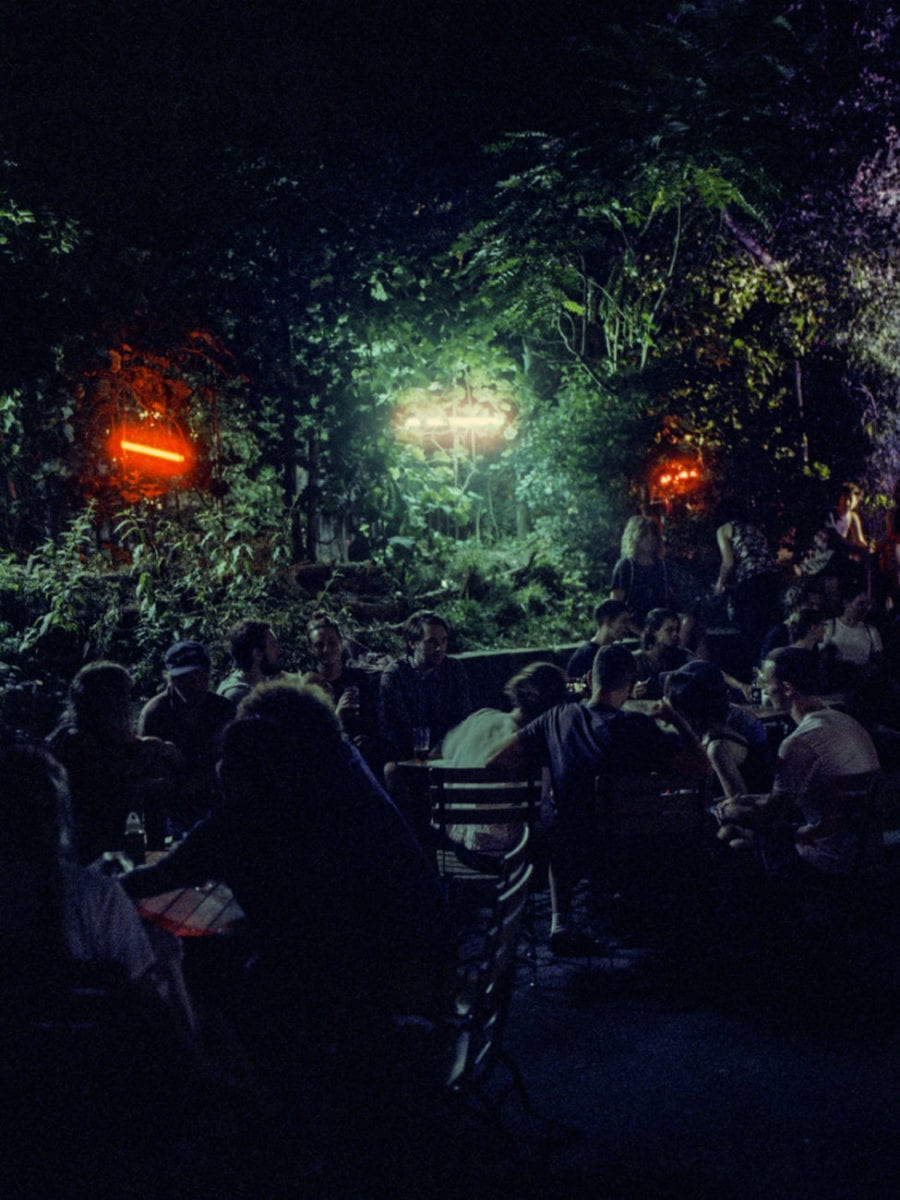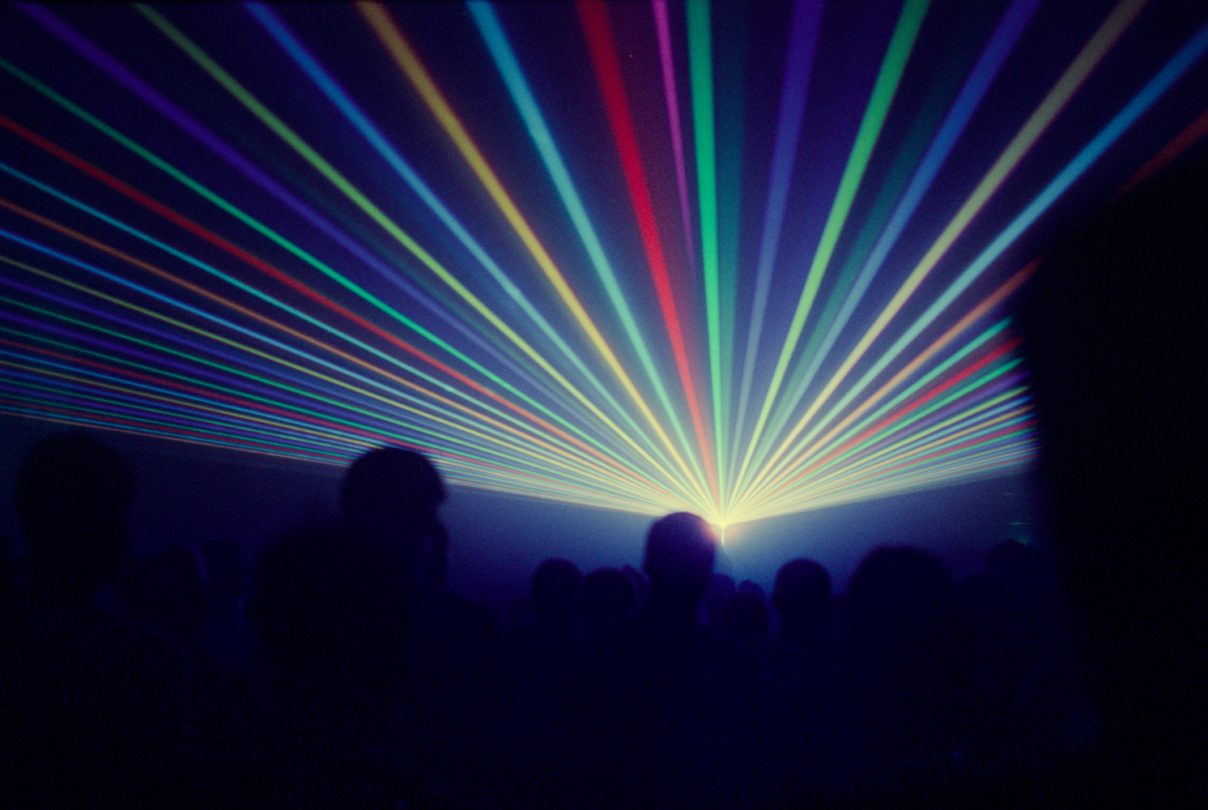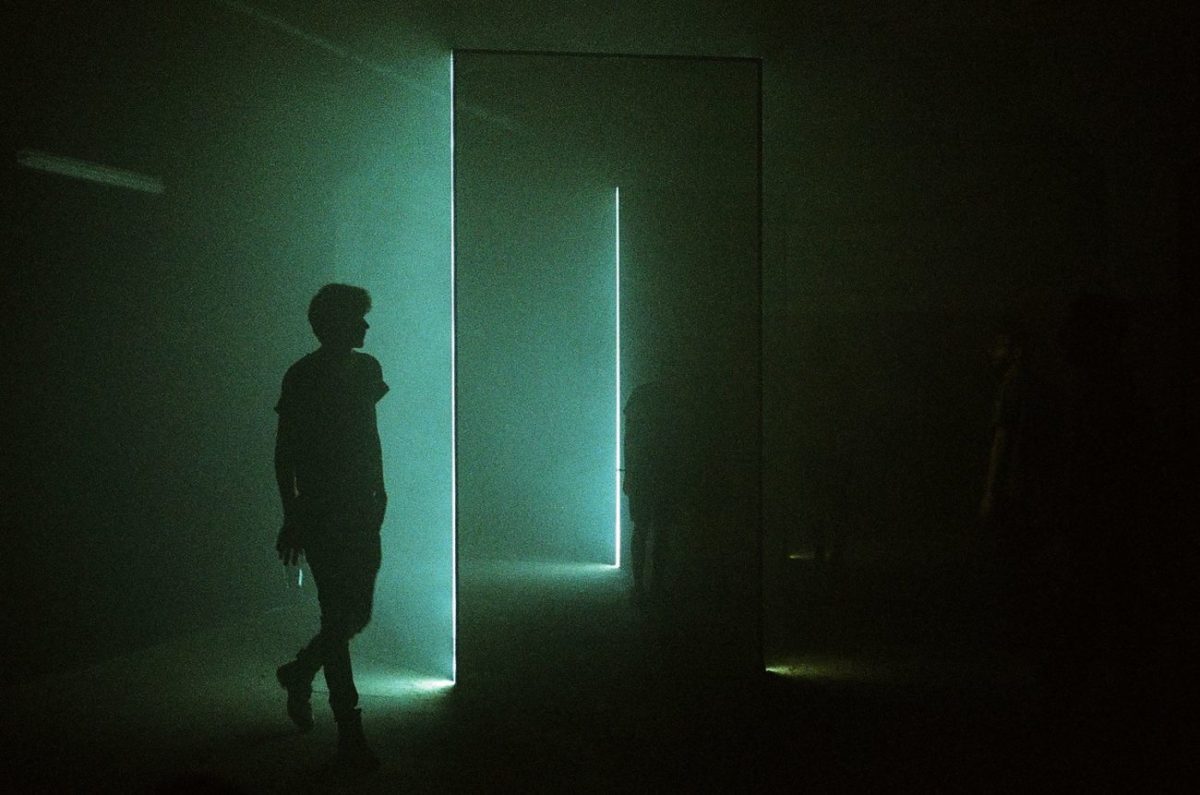
“Why is atonal music disturbing?” – This question caught my attention in a film score forum before I set off on my annual musical pilgrimage to Berlin Atonal. This genuine rhetorical interest intrigued me, as for me it is the kind of music for which my appreciation has grown over the years as opposed to it being something I was born with. It makes sense as we are said to have a genetically predetermined inclination, a hardwired ear, if you will, to read and comprehend melodies and pleasant harmonies. Tonal and atonal music work on different levels of complexity.
Tonal music creates a feeling of comfort and ease while listening, as we somehow know how things are going to progress from where they start to where they are going next. Atonal music works the opposite way. Nothing gives us a clue of how it will grow from where we are right now. It probably isn’t as disturbing as it is perpetually pushing us out of our comfort zone.
Challenging sonics have always been the appeal of Berlin Atonal, as its attendees gather every year for a five-day marathon of an immersive blend of avant-garde music, audio-visual arts and an overall whirlwind of creativity. This year marked the 6th edition since the festival’s re-launch in 2013 and presented numerous live performances including world premieres, rare bookings and first-time collaborations alongside DJ sets and a programme of screenings.
A familiar sense of thrill washed over as I walked down Köpenicker Street and into the spectacular Kraftwerk complex. Arriving early is ideal as it gives time to settle in and enjoy the various art installations scattered throughout the three floors. The mezzanine level underneath the Main Stage hosted the 8-metre long panoramic screen on which different films screened in a loop every night. It was also the best hangout spot with plenty of seating (concrete) and even fancy cocktails (bizarre ingredient concoctions, Atonal-way).
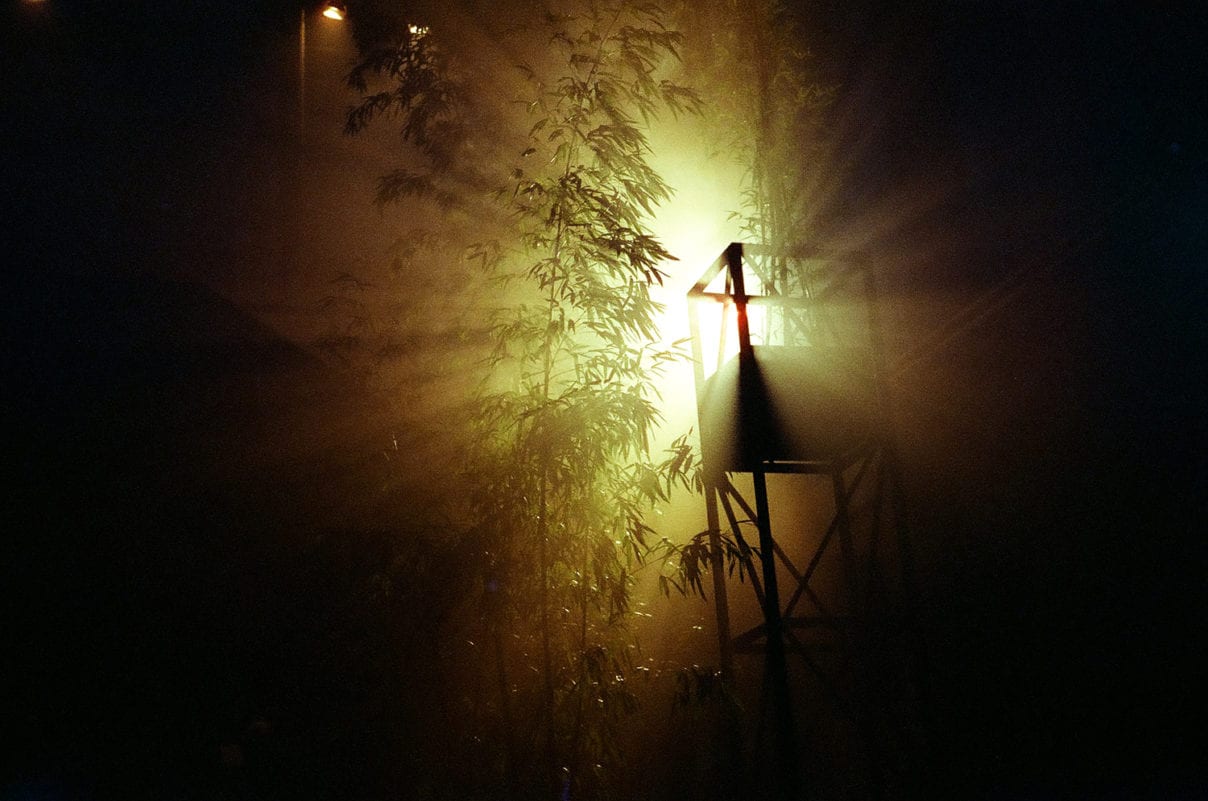
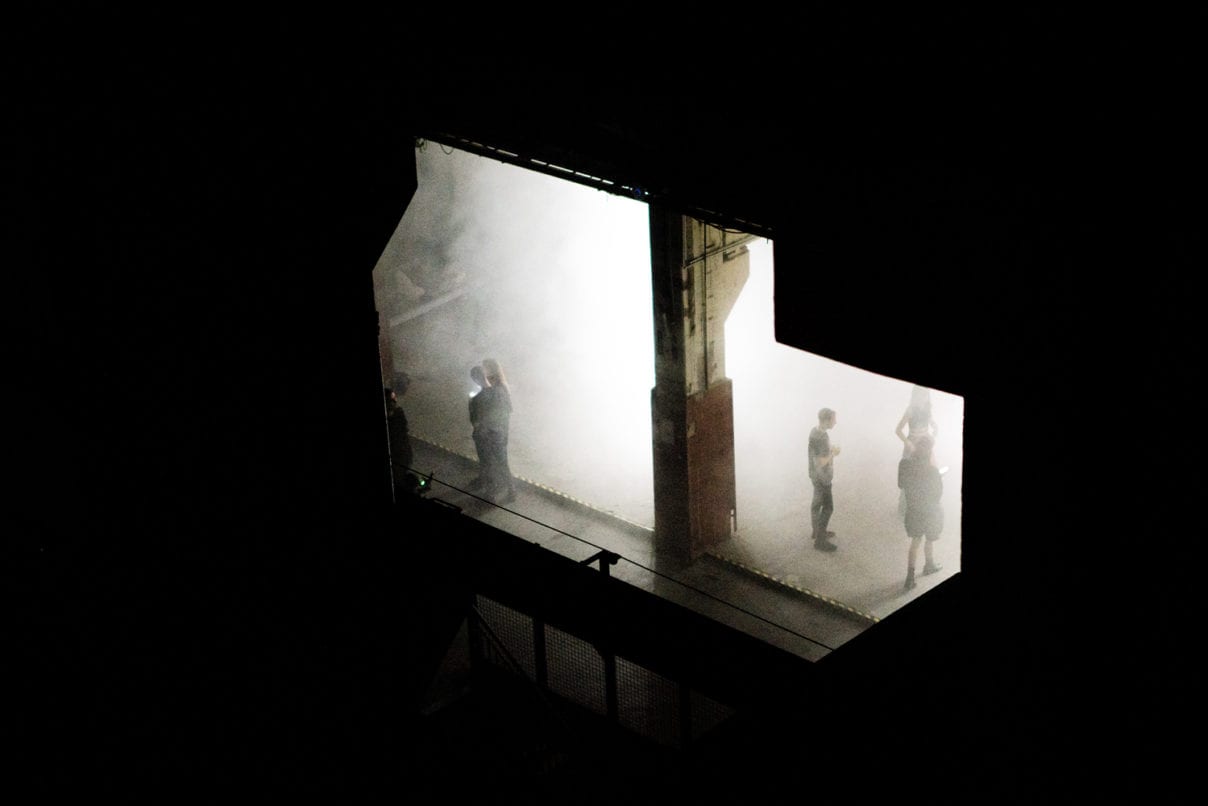
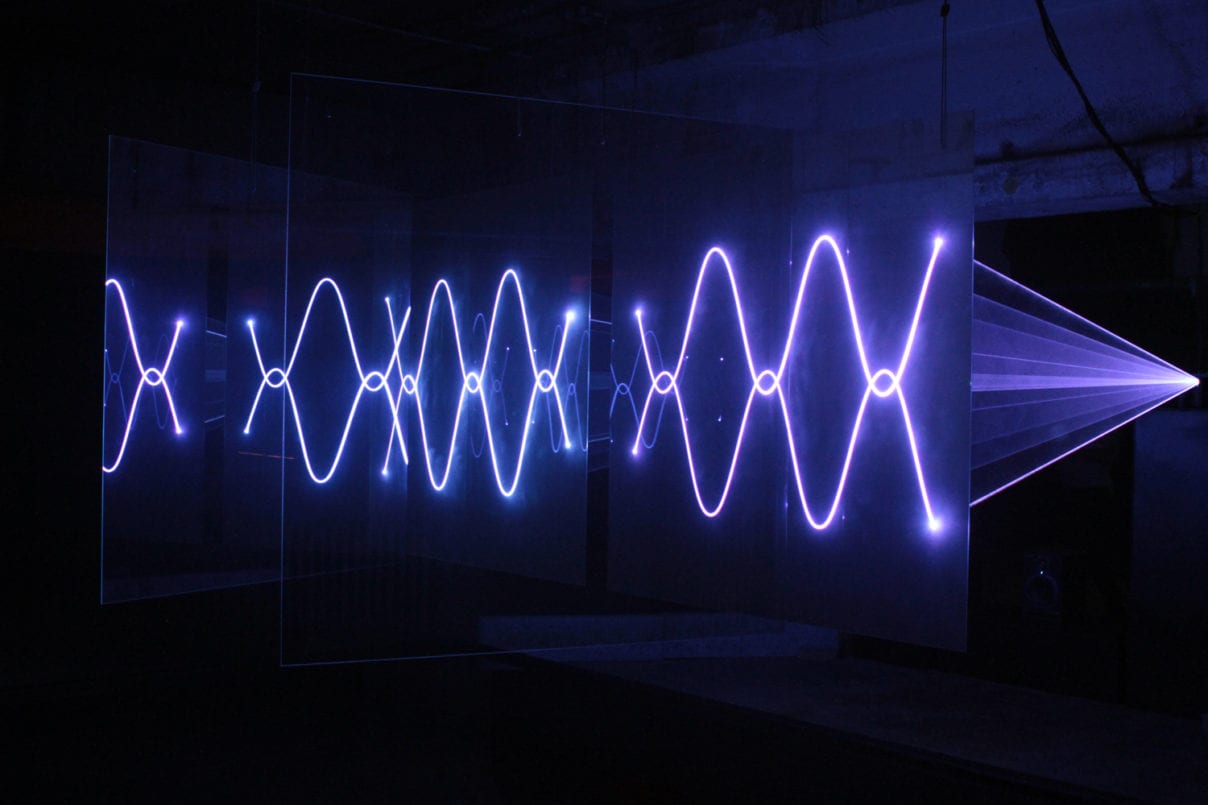
This year’s Main Stage opener, Posh Isolation affiliate Astrid Sonne’s work “Ephemeral” was the epitome of the festival. Elongated viola notes transitioned into gradually intensifying electronic throbs and finally concluded with a quartet of heavenly voices singing so ethereally, oscillating between harmonious and dissonant chords. It was the perfect opening act, showing how atonality can work with melody and harmony, also balancing the contrast between classical and electronic music.
Continuing the theme of contrasts, tradition met modern methods in the improvisatory performance by Iranian hand drumming virtuoso Mohammad Reza Mortazavi playing the Persian hand drum tombak while Fis controlled electronics, together crafting elaborate patterns of rhythm.
Festival favourite Robin Fox’s audio-laser show perfectly fitted the idea of the visually stunning festival that Atonal strives to be. He presented “Single Origin” – a breathtaking work with fog and laser projection sculpting textures of smoke in real time. I had previously seen this show at London’s small-capacity venue King’s Place, but it was something else to see it in the spacious cathedral-like hall of Kraftwerk. His shows just need to be seen to be believed.
Iona Fortune’s “Tao of I” was one of my favourite releases from last year, so her early Thursday evening show entitled “Chaotic Profusion” was not one to be missed. Dressed in red with matching red lights illuminating the stage, it was as visually striking as it was sonically enchanting with mystical sounds of Eastern string and percussion instruments surrounding the room making for a profoundly meditative and lovely atmosphere.
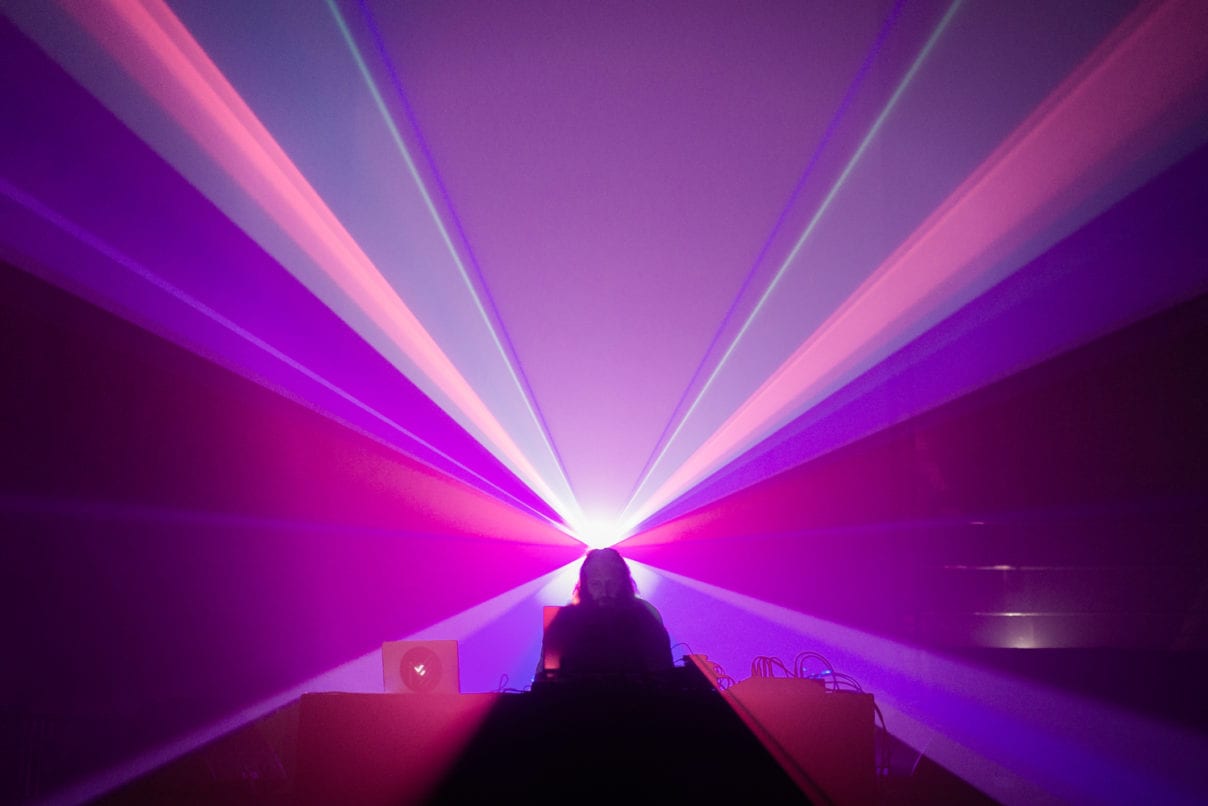

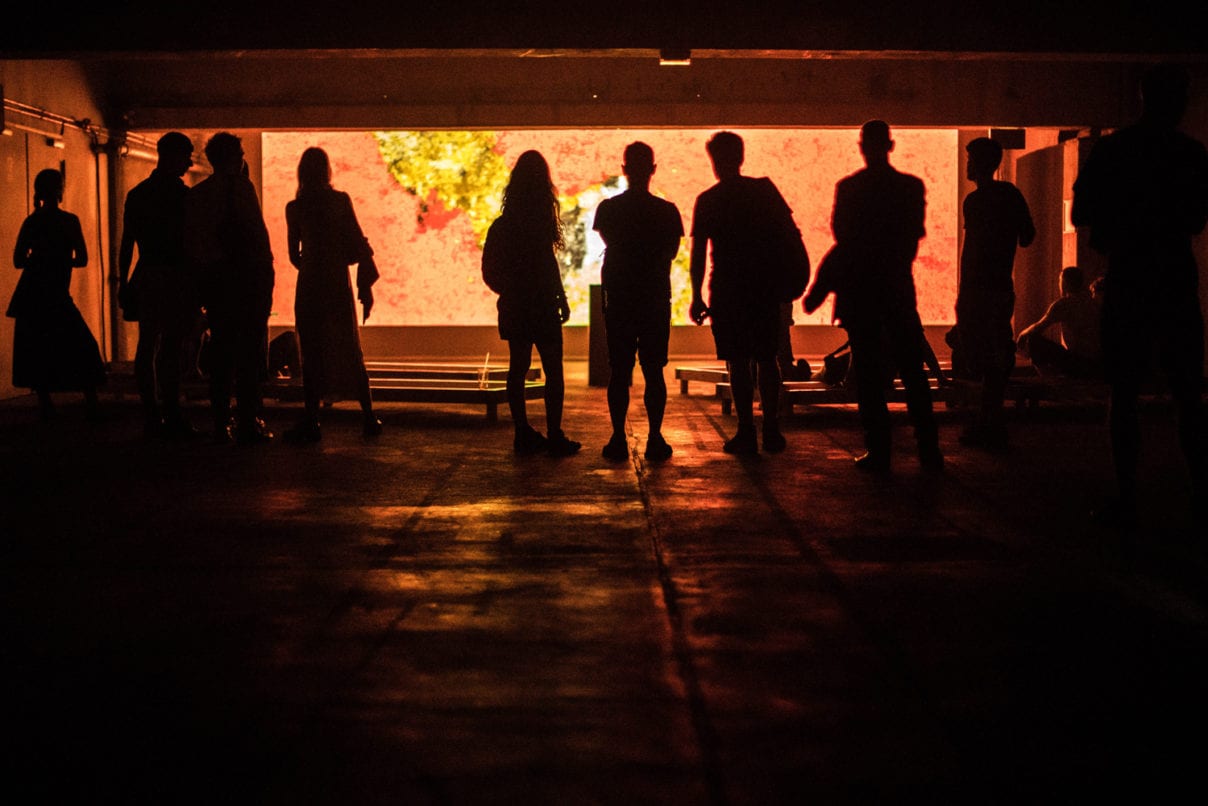
The first big highlight of the festival came from CURA MACHINES. Heavy, spine-tingling bass resonances combined with Rainer Kohlberger’s generated flickering monochrome graphics were amplified by powerful strobes that filled every corner of the vast room. It was a brutal attack on all senses – I found myself to be wholly immersed and like a moth attracted to the lights – it was impossible to take your eyes off, or even leave your spot until the last tones faded away.
Once we had recovered from that, the night could continue with the exciting new live collaboration Neon Chambers, a project from Sigha and Kangding Ray. Deconstructed techno was accompanied by hundreds of flickering Instagram-style images of kaleidoscopic patterns, artsy angles of buildings and bowls of ramen – a nod to our age of short attention span perhaps, yet it was interesting and fun to watch. The best thing about it was their lighthearted stage presence, as it was clear they were enjoying themselves as much as the audience they were entertaining.
The same night provided another major highlight – Lanark Artefax. Slicing through the fog of smoke, lightning-like flashes flawlessly synchronised with a frenzied mix of breakbeats, electro and techno elements, together creating an apocalyptic soundscape and electric, totally epic atmosphere. Unsurprisingly, it was met with grand ovations and was the hot topic for many for the rest of the night.
It was time to head down to Stage Null for Mannequin boss Alessandro Adriani’s curated showcase “Drift”. Balaclava-clad Le Syndicat Electronique appeared on the stage illuminated in a purple hue and presented French New Wave at its most exquisite, cold and seductive.
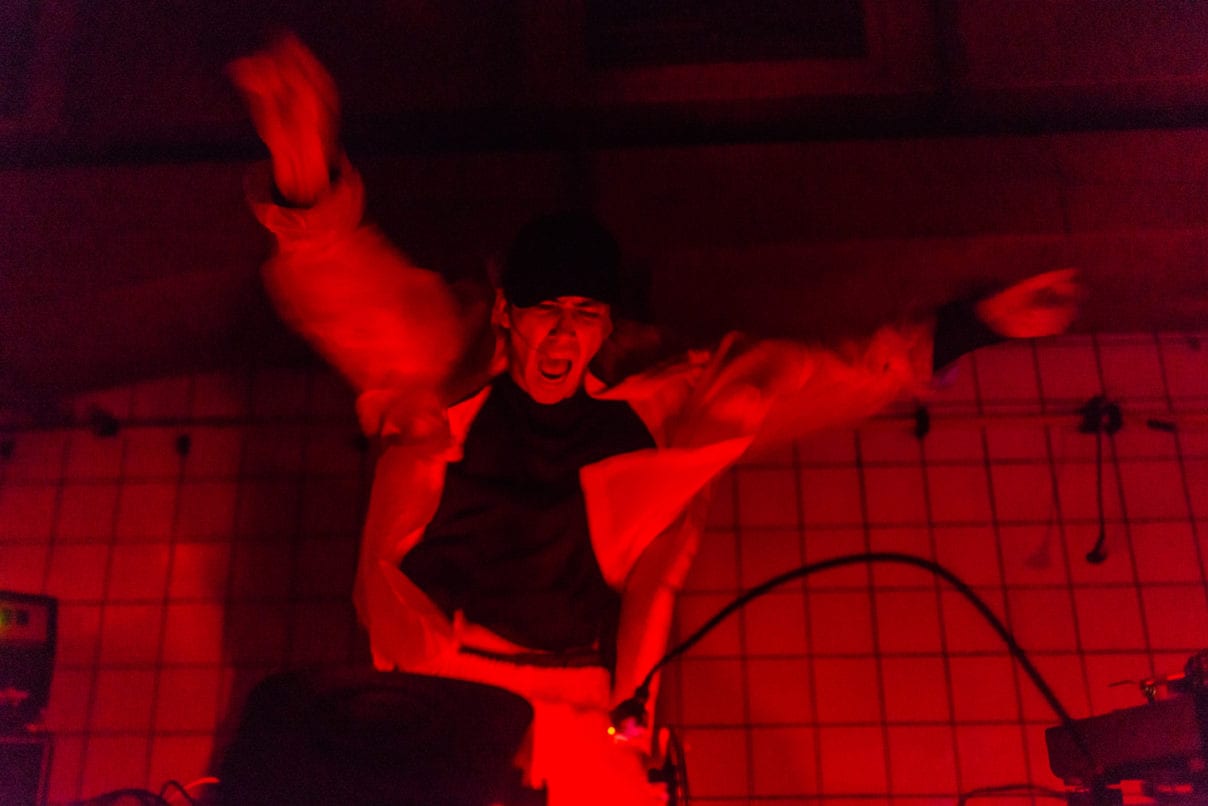
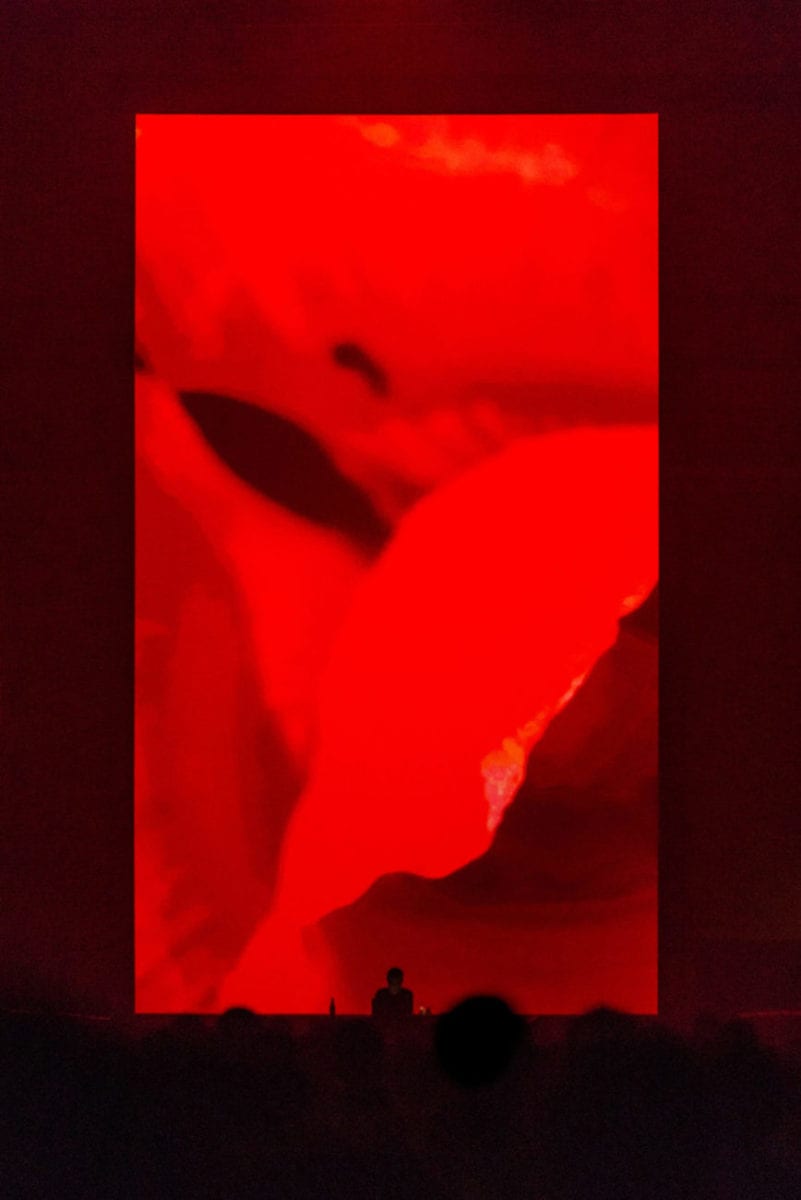
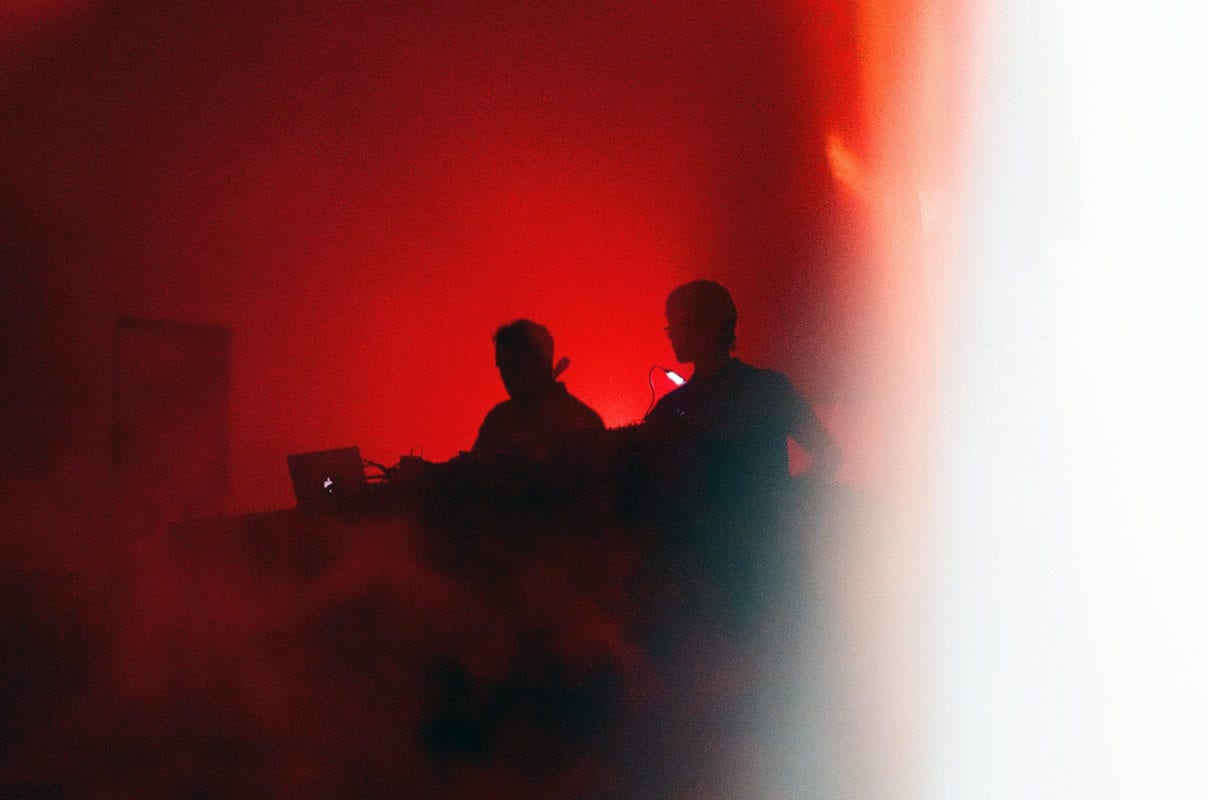
June started with serious synth work that turned into almost synth-pop, and it was incredibly fun to dance to. However, Bruta Non Calculant brought us all down to earth and into the gutter pursuing a more ruthless and dystopian vision with their videos that seemed to be grappling with the destructive compulsions of human nature in our decadent era, all under a cloud of flawlessly crafted industrial doom as the sun rose up. On that note, it was time to call it a night.
On Friday evening, the crowd assembled back in the turbine hall where Hiro Kone debuted her “Pure Expenditure” live set on the day of the album’s release. It was well executed and made the most of the acoustics of the place. Her noisy ambient tones sounded balanced and clear considering the reverberant nature of the environment.
At midnight it was time to split in two, as bad lads British Murder Boys brought their highly anticipated live show to the Main Stage, while a trusted personal recommendation was to catch object blue downstairs in OHM. Jumping in and out of experiences as the mood strikes – isn’t that what festivals are for? As for what went down, the boys played a typically intense set including their old material that was rearranged in new ways. Regis started shouting into the microphone early on and seemed to delight the fans. Meanwhile, down in OHM, the vibe was that of a warm refuge from the furious action upstairs; object blue’s wholly enjoyable mix of fast-paced and energetic tunes kept the room full to the brim until the very end of her set.
Back on Stage Null, experimental duo Ora Iso offered a noisy and utterly beautiful blend of guitar savagery, obscure rhythms and drawn out, feedback-soaked vocals that made me think of a darker version of Tropic of Cancer. Watching the performance unfold felt like being part of some magical ritual that felt all-consuming and oh so bewitching – one of the personal best discoveries this year.
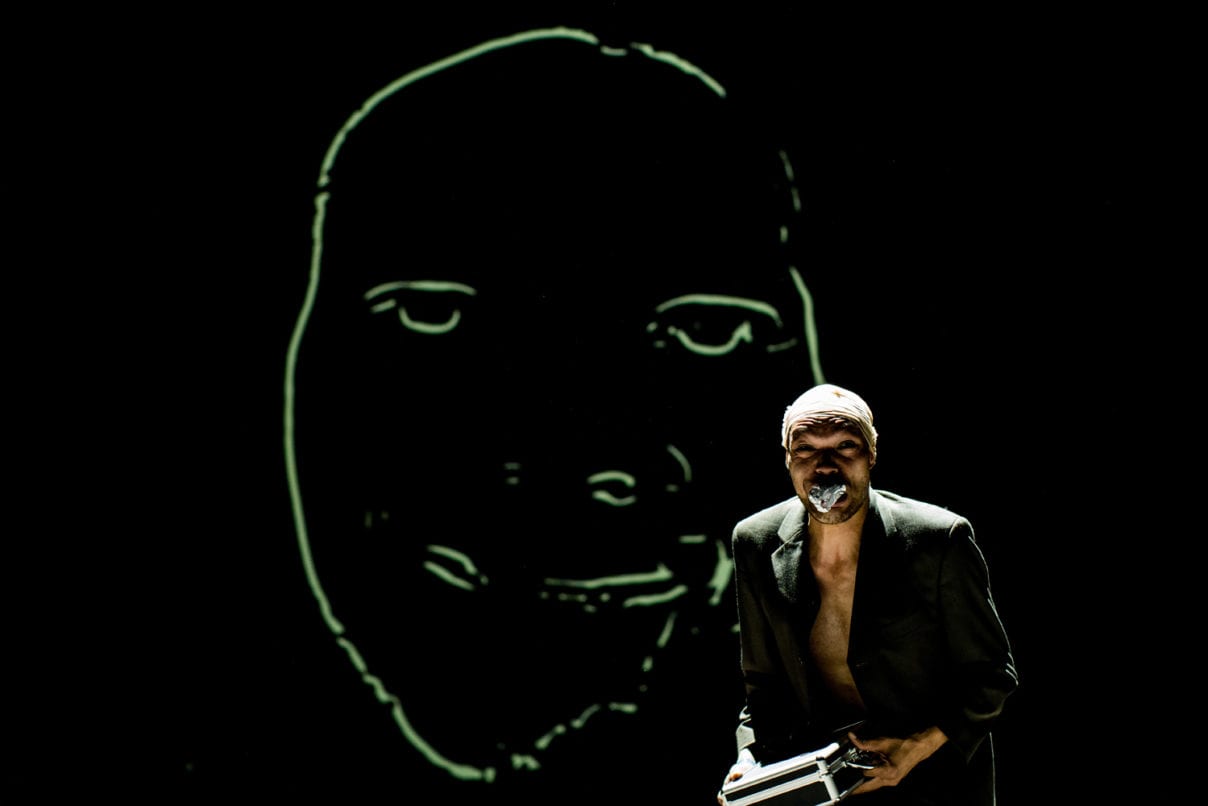

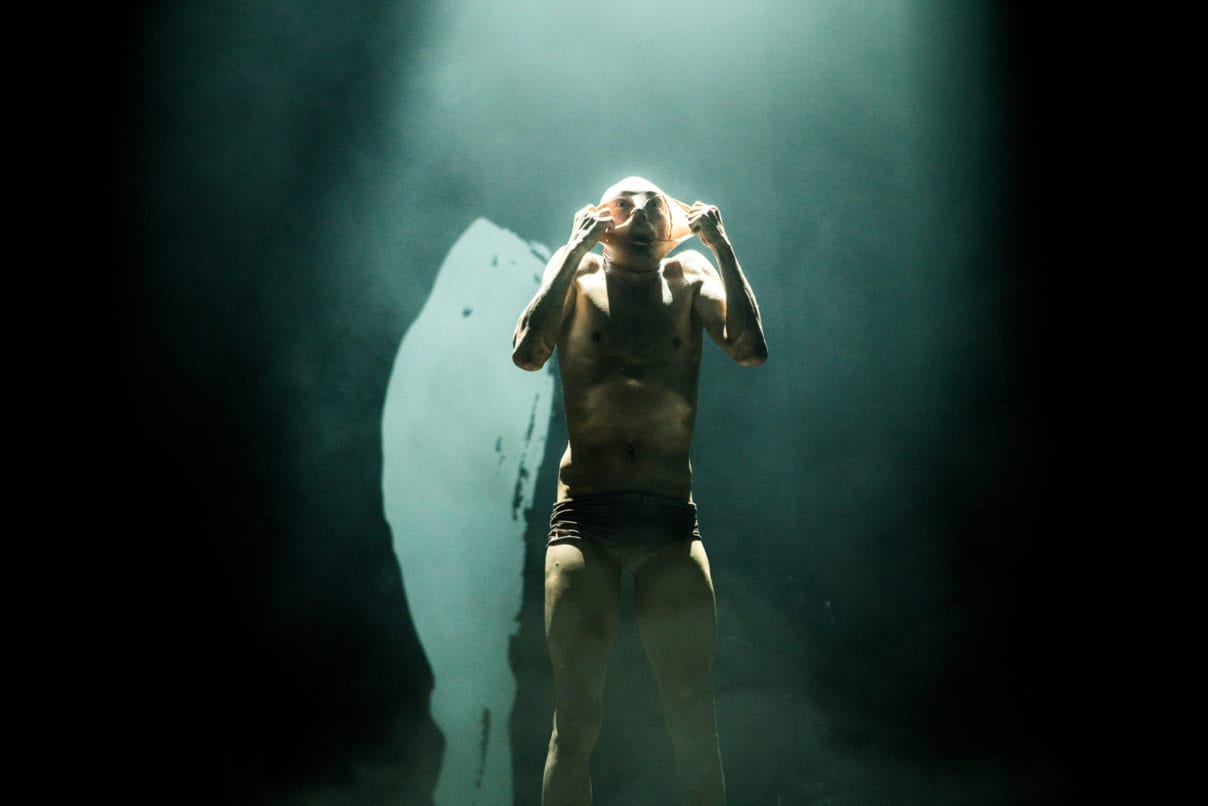
Next up were the always wild, always full-throttle Giant Swan who seemed to have taken the direction of banging, straight-forward techno, and it was well received judging by the crowd that moved on the dance floor almost as frantically as the shirtless Robin Stewart did on stage. The other half of the duo, Harry Wright, also played a solo set in OHM under the name of MUN SING, which I missed but, according to sources, was “heaps of fun”.
Keeping with the high-paced, high-energy theme, Paradox offered a showcase of classic breakbeats, sampling and drum programming, every once in a while taking the mic to explain what he was doing, all while playing live from a tracker running on a computer which, he told us early on, is “older than his girlfriend”. His set was unlike any other on this year’s programme.
Saturday’s Main Stage programme opened strong with one of the most exquisite theatrical performances I witnessed this year. Prequel Tapes and nomoreless, who provided the visuals, each took sides of the stage while in the centre the incredible contemporary dancer and choreographer Valentin Tszin presented the rawest, bare to the bones display of what seemed to be a portrayal of internal anguish. He struggled with a suitcase that appeared to have a life of its own and wanted to go where he didn’t. The very last scene gave me goosebumps as he, in surrender, left the stage while he did the same in the video on the screen showing him descending into the woodlands – free from the pain, at last. Extraordinary.
I never thought I would see rolls of hay in Kraftwerk, but this is exactly what went on at trip-hop legend Leslie Winer’s show. Accompanied by videos of wild horses in the fields, it was an unusual stage design. “It’s nice to see you,” said Winer, startling the Atonal crowd not used to this kind of thing. “It’s nice to see you,” she said again and more insistently; the people next to me shuffling on the spot uncomfortably. After another repeat of the phrase, everyone could breathe again as it was finally clear that this was part of the performance loaded with her trademark poetic monologues while playing downtempo soul and funk and everything else that falls under old-school cool. Several repeated “How are we doing for time?” concluded the show.
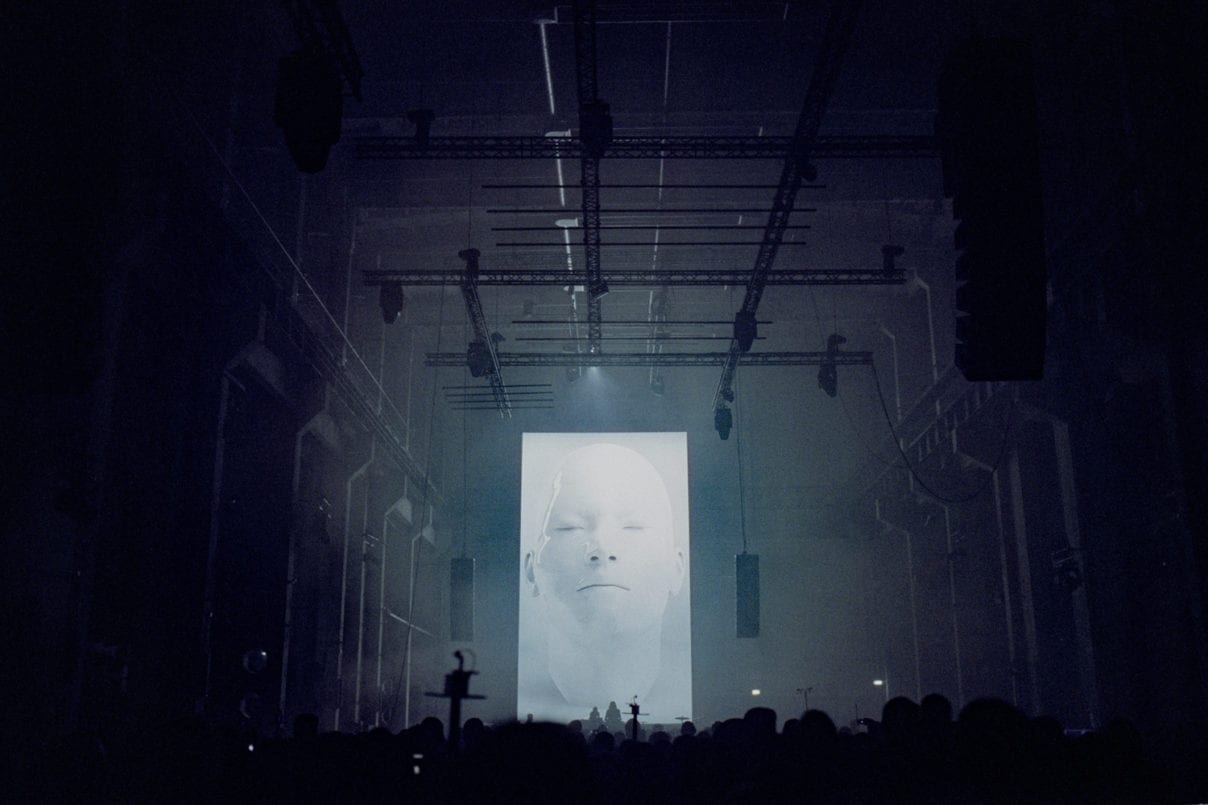
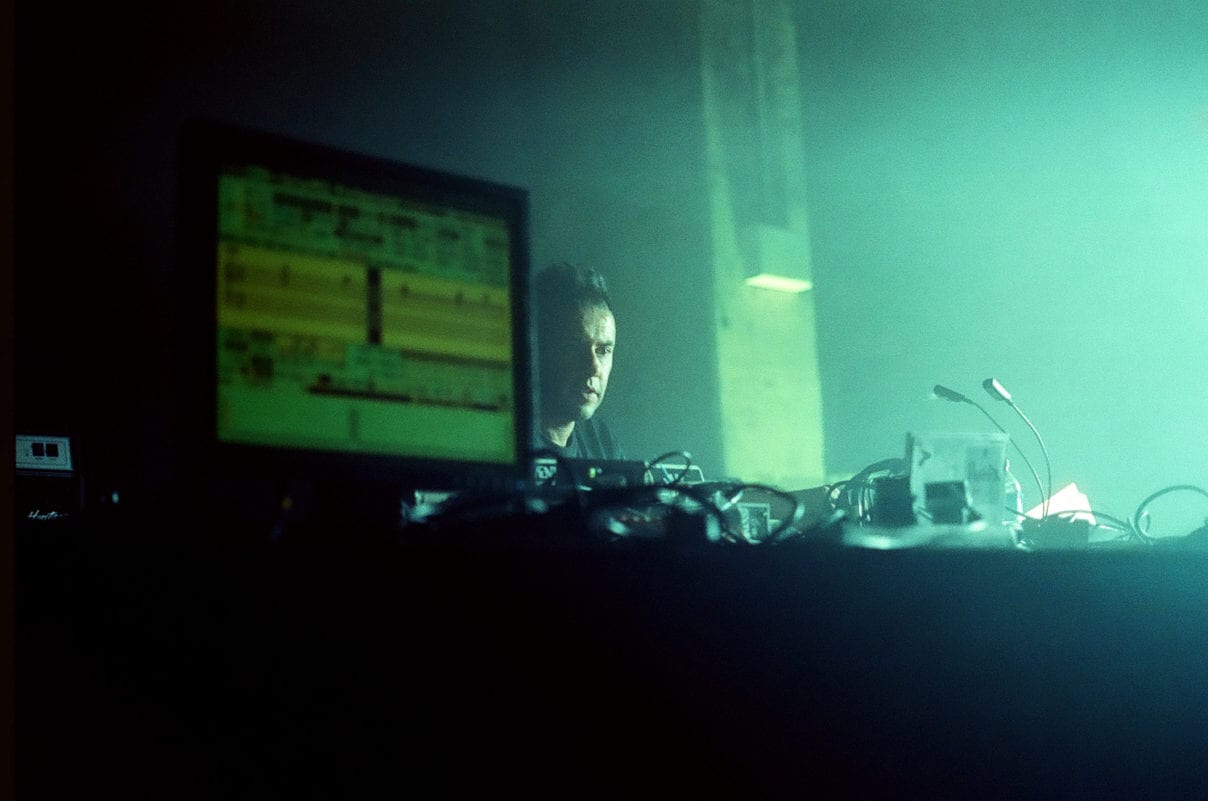
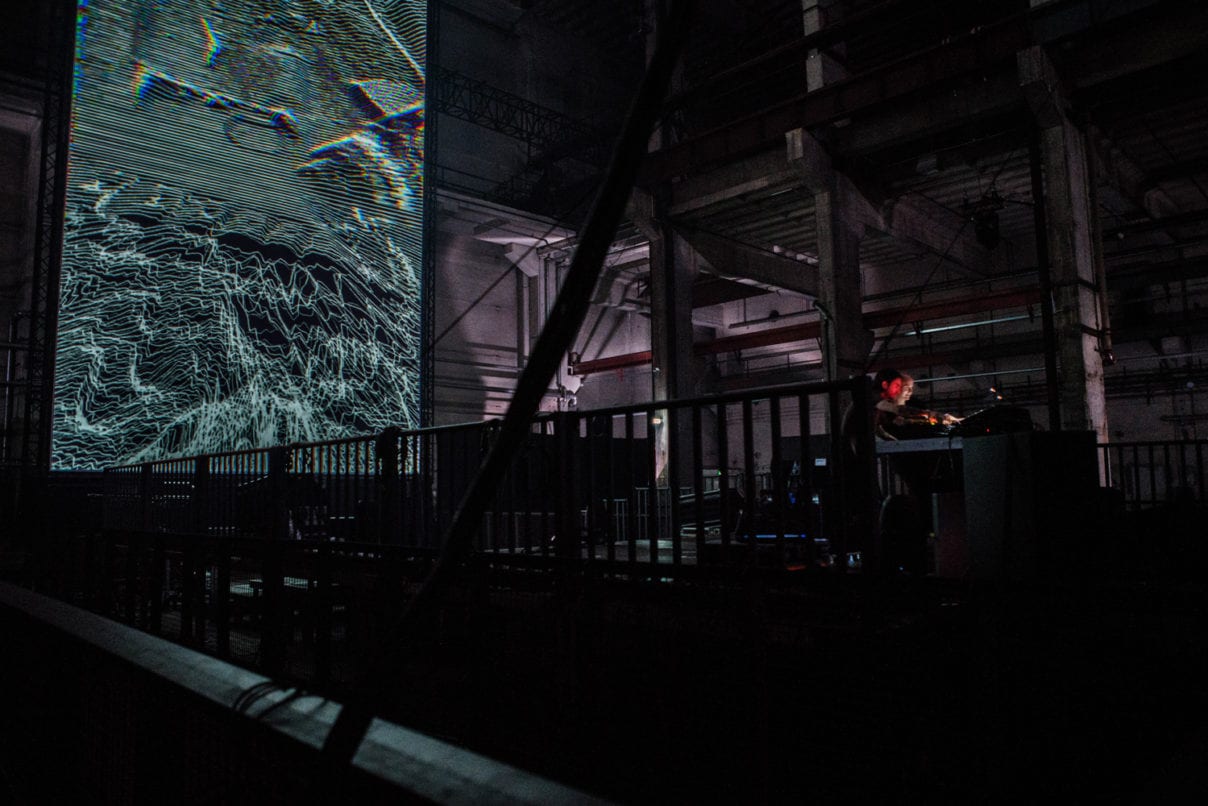
Another great discovery was Claude Speeed, whose musical journey of warped trance sent us into sublime space. If music can pull you in two directions – either to root you in the present and in your body, or carry you to alternate dimensions – then his is definitely the latter. The visuals depicted blue steel and cold machinery, but the soundscape he created was emotionally warming.
Back on Stage Null Veronica Vasicka played what became my favourite DJ set at the festival. She left no stone unturned with an eclectic mix of classic industrial, EBM and post-punk, as well as melodic, electro-tinged techno – in my mind, I was shouting “Veronica, please!” as she transitioned into yet another excellent track that made it impossible to leave for the entire 2.5 hours that she played.
I was on the mezzanine during the Aasthma (Peder Mannerfelt & Pär Grindvik) set. I love this level as it provides a different perspective on Stage Null which it overlooks. Offering a more observant rather than participatory view, it can be great for certain shows, however, with Aasthma I think that this is where I missed out. They had a group of people on stage, all wearing neon-yellow raincoats and dancing chaotically (which looked so bizarre from above), however it didn’t leave a big impression on me – according to friends it was a completely different experience down at the front.
The sun had risen when Blue Hour started his set at Tresor. He was on my must-see list, but sadly, tiredness won over the will to stay on. Still, I made it a point to visit the basement, and for the brief moments I spent there it was sheer relentless techno destruction which I hope to witness again on another occasion.



On the fifth and final day, two Italian artists were responsible for providing some of the festival’s most emotional moments, as Caterina Barbieri performed her first audio-visual show in collaboration with video artist Ruben Spini. Smoke and dry ice enveloped the stage as Barbieri produced a stark and delicate soundscape with the help of modular synthesisers. Spini’s melancholy-inducing videos depicted the strange beauty of isolated voids and desolate environments, the human and nature interaction as a spider descended on an eye of a surveillance camera. I never expected to feel so moved watching slowly turning turbines in wind farms. The overall effect evoked thoughts of some early memories, the ones you are not sure are entirely real. By pursuing the visual aspect of her work, Barbieri altered and improved the way her music is experienced.
The Transcendence Orchestra, a duo formed by Daniel Bean and Anthony Child also known as Surgeon followed the reflective theme. Dressed as monks with only 2 candles illuminating the otherwise pitch-black stage they played a deeply cathartic and meditative ambient drone set. The lack of any visuals only enhanced the experience as it encouraged to close your eyes and imagine yourself being in a monastery of sorts.
Having been blown away by one of their theatrical performances before, group A was the one act I was most looking forward to this year, and it was everything I expected and more. Undeniably the highlight of the last day, perhaps even the entire festival, the show was also the most complete with stunning choreography, staging and visual effects. Playing noise to power electronics while Dead Slow Ahead provided borderline sinister visuals it all made for a morbid and surreal atmosphere. It is the one show from this year that will long remain in my memory.
To close the week, mysterious collective LABOUR presented a show entitled “next time die consciously” that moved into the more ambiguous territory concerning both mood and sound. Black and white symbolic imagery was shown on the screen while they put on a staggering display of tribalistic rhythms. The ending was the most unexpected and interesting I have seen as only at the very end it was revealed that there were other drummers situated everywhere around the hall, hitting the drums in a call and response form that made everyone turn their heads around in wonder.
The same as the drums echoed into the final night, Berlin Atonal energy wave is still reverberating. For a festival that continues to challenge with boundary stretching sounds and aesthetics, this edition felt refreshing with an added variety of styles and plenty of harmonious sounds, too. Perhaps without the connection of harmony, disharmony would be meaningless.
Photography kindly provided by Helge Mundt, Frankie Casillo, Cornelia Thonhauser, Robin Fox and Isabel O’Toole
